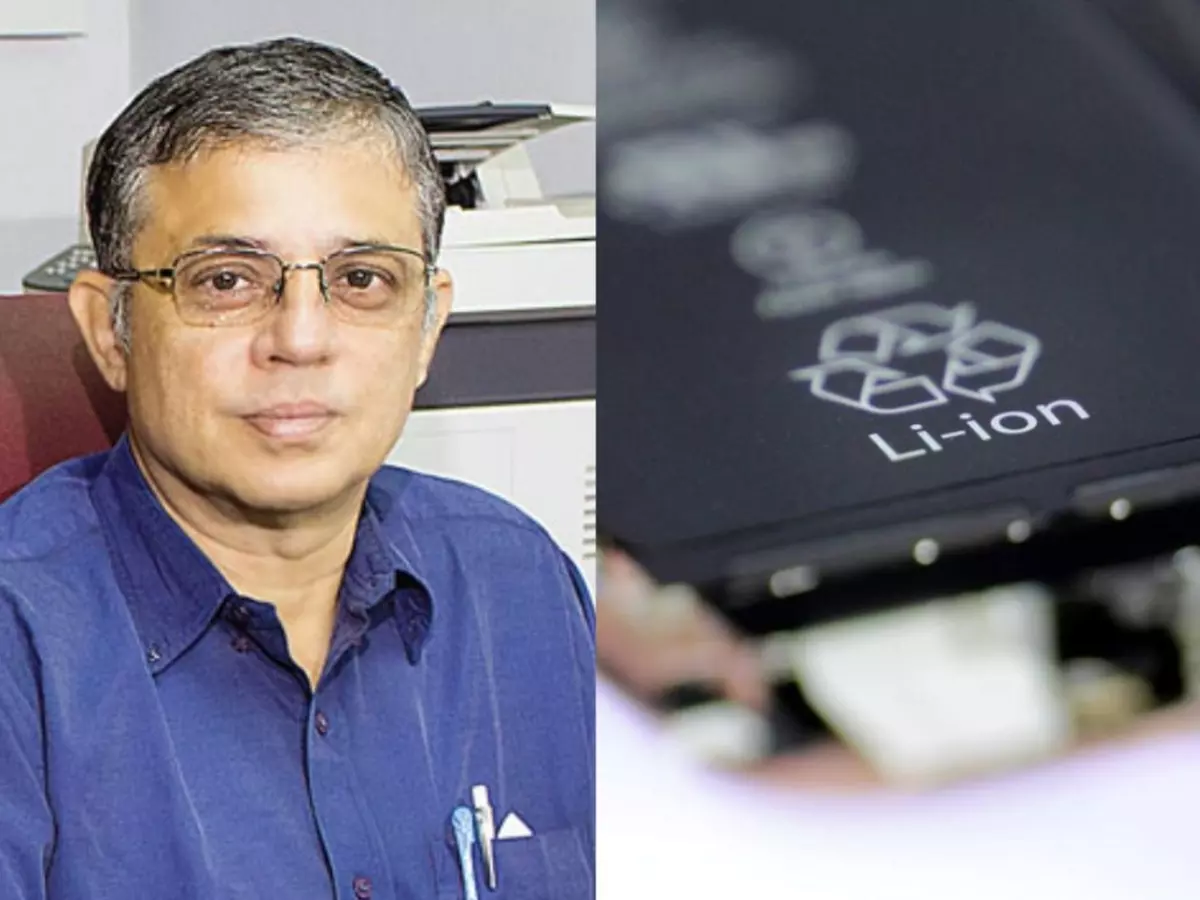IIT Madras Researchers Make Batteries Last Longer With New Materials That Won't Hurt The Planet
Researchers from the Indian Institute of Technology, Madras and Karlsruhe Institute of Technology, aka KIT have developed a new class of ¡®high entropy¡¯ materials that would be used as cathodes in order to make lithium batteries last longer.

Lithium-ion batteries are everywhere -- from smartphones to electric cars, they help us stay powered in all walks of our life. However, even with the latest advancement in technology, they don¡¯t last as long as we want them to.
And with the gruesome mining process that goes to create them, it¡¯s more needed than ever. But that¡¯s about to change now.
 IIT Madras/ Reuters
IIT Madras/ Reuters
Researchers from the Indian Institute of Technology, Madras and Karlsruhe Institute of Technology, aka KIT have developed a new class of ¡®high entropy¡¯ materials that would be used as cathodes in order to make lithium batteries last longer.
In most cases, poor life of lithium-ion batteries come from poor cycling stability of the cathodes in them. It is no news that with every charge and discharge, the battery loses its power-retention capacity. This happens due to the side reactions that occur between the electrolyte and the active material.
However IIT-M and KIT researchers have now found new materials for the cathode that are not just easily available on the planet, but they also help in improving the lithium-ion storage properties that help in improving the charge-cycle performance -- better than the best available in the market as of now.
According to study researcher SS Bhattacharya, Department of Metallurgical and Materials Engineering, IIT Madras, "The uniqueness of our cathode materials is that despite their high chemical complexity, they have phase purity,"
Conventional batteries have nickel-based cathode, however, these batteries tech contains ions of five metals -- manganese, cobalt, nickel, copper and zinc -- together they¡¯re called ¡®High Entropy Oxides¡¯. Moreover, unlike conventional batteries that use oxygen ios to occupy the anionic site, researchers have swapped it withy fluoride ions to improve electrochemical properties.
 Reuters
Reuters
These advancements not only resulted in higher specific capacity for the HEO, but the performance degradation during cycling was also lower compared to conventional cathodes.
Bhattacharya further added, "Better lithium-ion storage and cycling stability are not the only advantage of the HEOs developed in this collaboration. We were able to vary the anions with the use of these HEOs."
The better lifespan will not only reduce waste of lithium-ion but also put less stress on mining for the materials, together, saving the planet.
